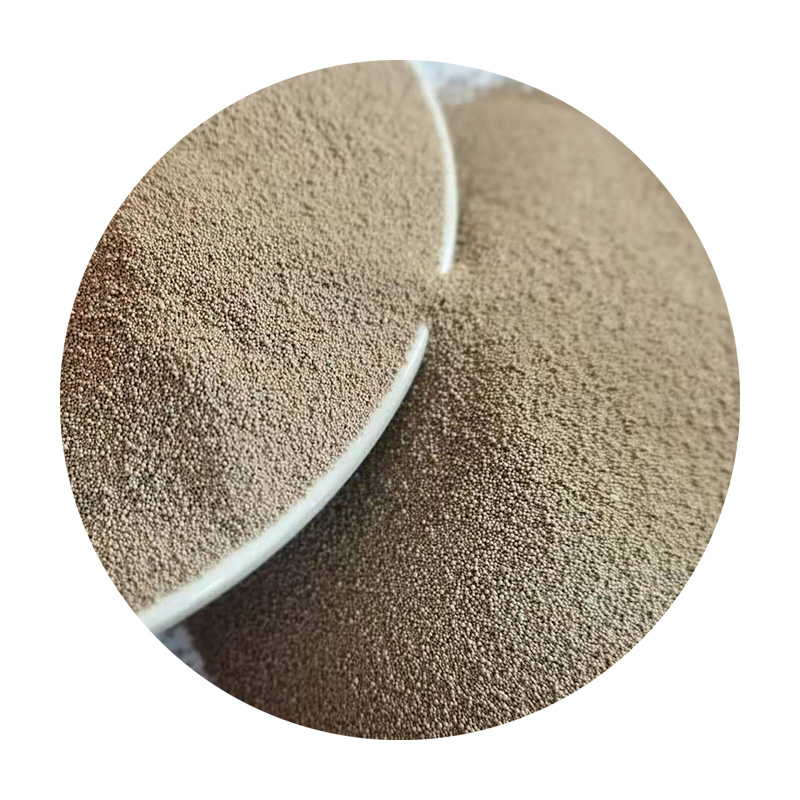Wet Sanding 3D Prints An Essential Guide for a Smooth Finish
In the world of 3D printing, achieving a smooth and professional-looking finish is often one of the most challenging tasks. While many hobbyists and professionals enjoy the thrill of creating models layer by layer, the final appearance can sometimes leave much to be desired. This is where wet sanding comes into play, providing a remarkable enhancement for your 3D prints. In this article, we’ll explore the advantages of wet sanding, the technique itself, and tips to maximize the quality of your finished products.
What is Wet Sanding?
Wet sanding is a finishing technique that involves using sandpaper while the surface is damp, typically with water or a specialized lubricant. This method helps minimize dust, reduces friction, and prevents the paper from clogging, leading to a finer finish compared to traditional dry sanding. Wet sanding is particularly beneficial for 3D prints as it allows you to refine the surface without compromising the material’s integrity.
Why Choose Wet Sanding for 3D Prints?
1. Smoother Finish Wet sanding helps in achieving a smoother finish as it reduces the risk of scratches and gouges. The water acts as a lubricant, allowing the sandpaper to glide over the surface more smoothly than when dry sanding.
2. Less Dust One of the common downsides of dry sanding is the dust that it creates, which not only makes a mess but can also be harmful to your lungs if inhaled. Wet sanding diminishes this risk because the water captures most of the dust particles.
3. Better Control When wet sanding, you can maintain better control over how much material you are removing. This is particularly useful for intricate designs where precision is key.
4. Enhanced Detail The wet sanding process can help bring out finer details in your prints that might otherwise be lost. This is especially advantageous when working with detailed models or prints where surface quality is crucial.
The Wet Sanding Process
wet sanding 3d prints

Here’s a step-by-step guide on how to effectively wet sand your 3D prints
1. Preparation Before you begin, make sure your 3D print is clean and dry. Remove any support structures or excess material. Inspect the print for any obvious imperfections that will need addressing.
2. Wet the Surface Use a clean cloth to dampen the area you will sand. You can use plain water or a mixture of water and a few drops of dish soap as a lubricant.
3. Choose the Right Sandpaper Start with a coarser grit sandpaper (e.g., 220 grit) to tackle larger imperfections. As you progress, switch to finer grits (up to 2000 grit or higher) for a smoother finish.
4. Sanding Technique Use gentle, circular motions with light pressure. Avoid pressing too hard; let the sandpaper do the work. Keep the surface wet throughout the process, reapplying water or lubricant as necessary.
5. Assess Your Progress After a few strokes, check to see if the surface is achieving the desired smoothness. Be patient and take your time, as rushing can lead to unwanted scratches.
6. Cleaning Up After you've reached the desired finish, rinse the print thoroughly to remove any residue. Dry it gently with a lint-free cloth.
7. Final Touches If desired, you can apply a clear coat or varnish to protect the surface and enhance the shine, adding an extra level of professionalism to your finished piece.
Conclusion
Wet sanding is an invaluable technique for anyone looking to improve the surface quality of their 3D prints. By following the steps outlined above, you’ll be on your way to creating models that not only look great but also feel great to the touch. With a bit of practice and patience, wet sanding can elevate your 3D printing projects, making them truly stand out. So grab your sandpaper, and let’s get finishing!
Post time:ديسمبر . 29, 2024 10:13
Next:Resin Coated Sand Manufacturing Facility for Enhanced Performance in Construction Applications
